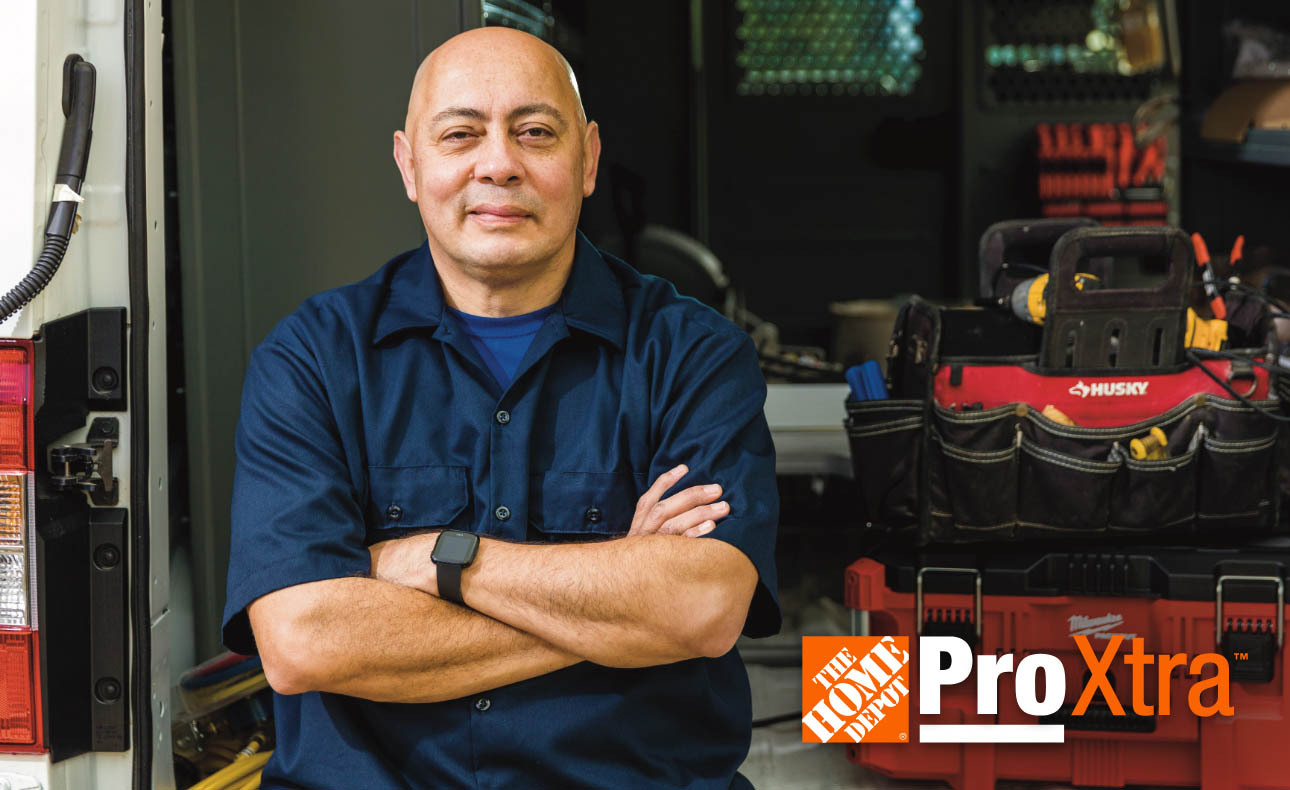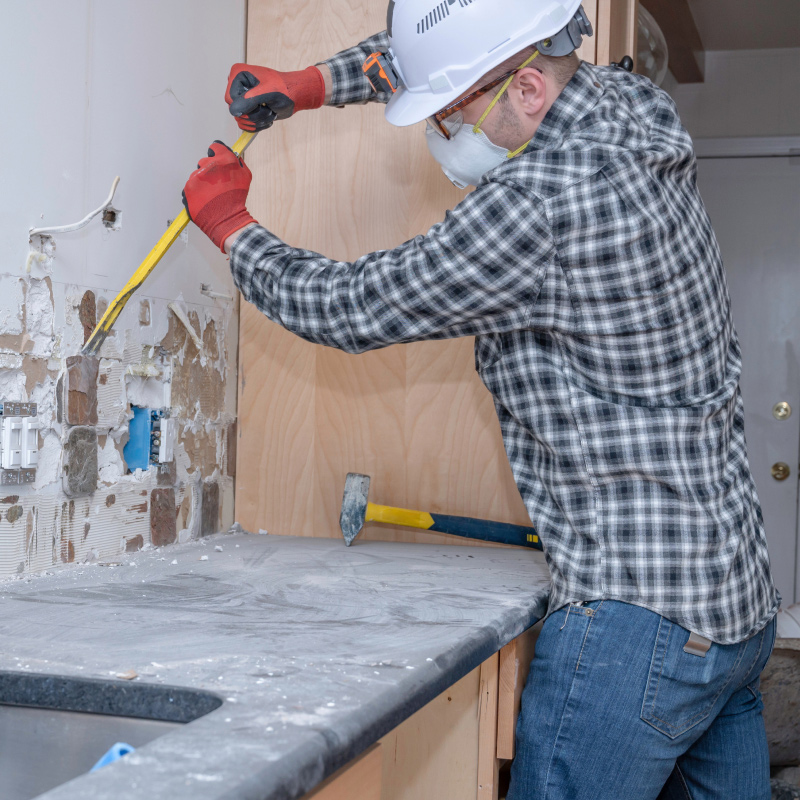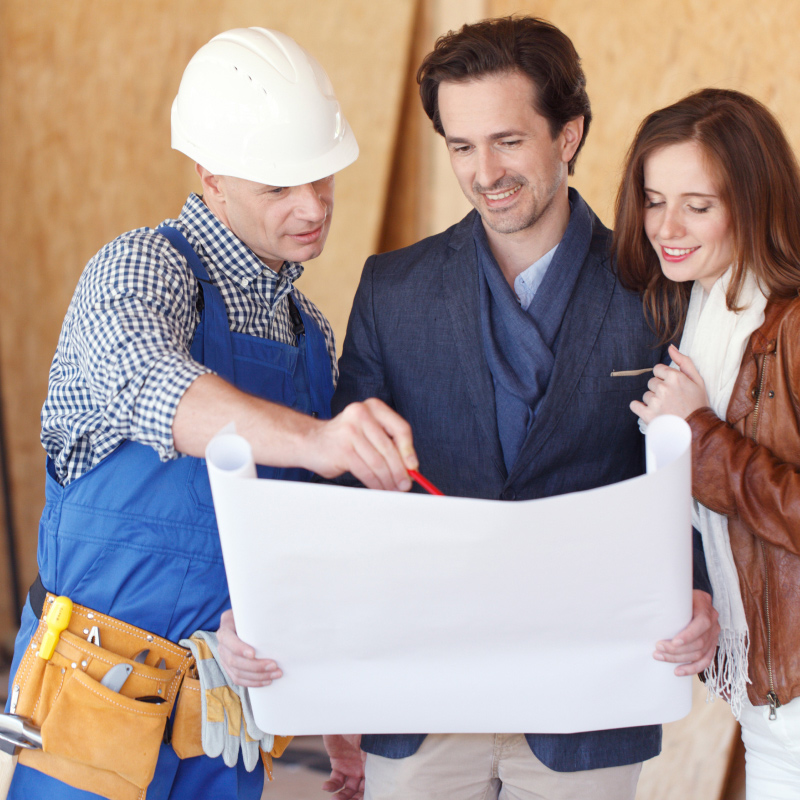How to Stage Homes and Apartments

Last updated August 12, 2024
Even in a hot market, houses don’t sell themselves. Sellers want to make homes as attractive as possible to buyers and increase the property’s perceived value.
Home staging is the process of preparing a home for sale by cleaning, decluttering and decorating to maximize the space’s appeal. Staging can also be used to attract potential residents to rental properties. This guide reviews the basics of home staging and how to stage a house for sale.
Table of Contents
What Is Home Staging?
How to Stage a House for Sale
How to Stage Apartments to Attract Renters
More Tools. More Products. More Perks.
What Is Home Staging?

Staging a house is an important part of putting a home on the market. Staged homes sell more quickly than homes sold “as is.” House flippers and real estate agents should consider staging homes for sale before creating a listing.
Home staging displays a house to help prospective buyers see themselves living in the space, making a sale more likely. Staging should make spaces seem warm and inviting while minimizing the personal belongings of the current or former residents. Staging also makes homes look more “move-in ready” than a space that still looks occupied.
James Dainard, co-founder and managing partner of Heaton Dainard Real Estate and a podcaster at BiggerPockets, recommends hiring professional stagers to present flipped properties. “Staging can on average be 1-2% of construction costs,” says Dainard. “We have a huge list of stagers and get three quotes for every house.”
According to the National Association of Realtors, the median dollar value to stage a home is $675.
Home staging can be especially effective when the house is a fix and flip. “Rehabbed houses or freshly painted houses have a different feel, a little bit sterile,” Dainard says. “You don’t want someone to say, ‘Oh, this is kind of cold in here’ when you’re showing the house. “You want ‘Oh, this feels so good.’”
Home staging doesn’t just show benefits at walkthroughs and open houses. Houses should be staged before photographing the property for marketing and online listings. Buyers usually begin shopping for homes on the internet, so sellers should post the best possible photographs.
Many professional stagers have inventories of furniture, lamps and other decorations that can make the space feel homey without looking like the style of the current or former owner. This can be especially helpful when staging unfurnished apartments or other rental properties.
How to Stage a House for Sale

When the owners are selling their homes before moving out, decluttering and depersonalizing the space are some of the most important parts of staging. If a home looks already occupied, potential buyers may not be able to imagine themselves living there, reducing the chance of a sale.
To depersonalize a home, use storage or relocate as many of the following personal items as possible:
- Family photos
- Toys
- Pet products
- Framed certificates, diplomas, etc.
- Refrigerator magnets
This includes decluttering closets by making sure each closet has 20-30% open space. Using closet organizers can help appeal to prospective buyers.
Professional stagers recommend prioritizing the living room, kitchen, master bedroom, dining room and bathroom, in that order. Here are some of the other steps for how to stage a house for sale.
- Enhance the property’s curb appeal with exterior paint and landscaping maintenance.
- Deep clean the home, especially the bathrooms. This includes setting a schedule for touch-up cleaning and keeping cleaning supplies available, so the home is always ready to show.
- Declutter the space, which includes minimizing the number of decorations on tables, bookshelves, etc.
- Use décor to draw attention to the home’s best features and away from weaker ones.
- Remove all signs of pets and deodorize.
- Add pleasant aromas to the space, using candles, diffusers or freshly-baked cookies.
- Place fresh flowers or indoor plants around the home.
- Enhance the lighting by increasing the wattage in lamps and other fixtures. Set a goal of 100 watts for every 50 square feet in the home.
- Refinish wood flooring.
- Upgrade older appliances to newer models.
- Stage balconies, patios and other outdoor areas.
If possible, include décor that reflects features of the surrounding area, such as a basket of produce from a nearby farmer’s market or leafy branches from a neighboring park or woods.
Pro Tip: Dainard offers a suggestion to reduce staging expenses. “Stage the important areas,” Dainard says. “You don’t have to stage the whole house. If you’ve staged the primary bedroom, you don’t have to stage a second bedroom. People know what a 12x12 bedroom looks like, so stage where it has impact.”
How to Stage Apartments to Attract Renters

Staging a rental property can make it more appealing to prospective renters and increase the property’s perceived value. Staged apartments can command higher rents and spend 30-50% less time on the market.
Staging apartments can cost hundreds of dollars but is effective in competitive markets where properties struggle to attract renters.
Less competitive markets may have less need for staging.
These are some of the advantages of staging an apartment or rental property.
- Make the apartments and building exterior more appealing, in person as well as through online photos.
- Attract long-term renters, which reduces vacancy rates.
- Target particular types of renters such as single professionals vs. families with small children.
Professionals stage apartments by deep cleaning and decorating them in the same basic ways they stage single-family homes. In addition, this includes cleaning and staging apartment lobbies with fresh flowers or wall art.
Pro Tip: Large multi-family properties can consider keeping one apartment always staged as a "show unit" for prospective renters.
More Tools. More Products. More Perks.

Be more competitive and boost your bottom line with Pro Xtra, The Home Depot’s free loyalty program built for Pros. Sign up today to access the enhanced Pro Online Experience, built with the online business tools and time-saving features Pros need.
Get the products you need—fast. Purchases are stored in your Pro account for up to six months with Buy It Again, so you can quickly reorder your frequently-used items and get back to the job.































